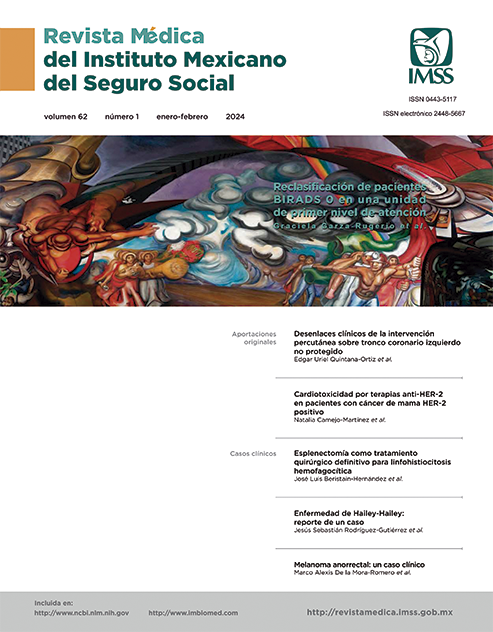Predatory journals: What are they and how to avoid them?
Main Article Content
Keywords
Scientific Misconduct, Editorial Policies, Scientific Publication Ethics
Abstract
Currently, a large number of predatory journals have proliferated. Their purpose is to obtain fraudulent profits by promising the rapid publication of scientific works, without fulfilling the services of quality review. These publishers have managed to copy the models of open access journals, which is why they are increasingly difficult to identify, coupled with the fact that many of them have opened spaces in the most important indexes of scientific journals, such as Medline, Web of Science (WoS), Scopus, Embase, among others. These publishers cheat not only the authors of the research they intend to publish but also the readers and general public with publications that have not been reviewed and evaluated properly by a system of peers or academic experts. Therefore, the aim of this work is to make known some of the most common practices of predatory journals, so that anyone interested in the editorial process, whether as an author, editor or reader, has the elements to identify these fraudulent journals, and this bad practice in the editorial process.


